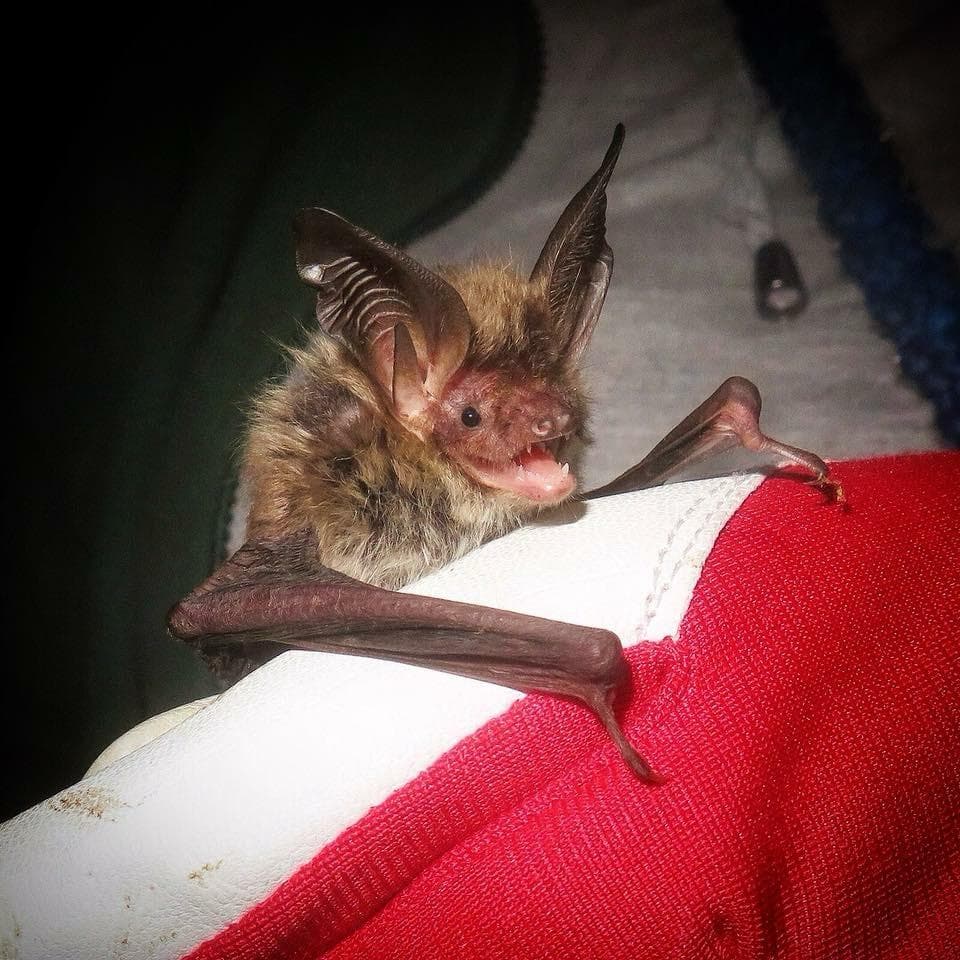
Bat Surveys
Preliminary Roost Assessment other survey techniques

Purpose
For any scheme requiring a planning application or other plan or project that affects structures of any kind or may cause significant changes to semi-natural habitats there is a risk that bats, and their colonies may be adversely impacted. Depending on the scope and scale of this impact there is a risk that an offence could be triggered under the Conservation of Habitats and Species Regulations (2017). The UK’s policy environment also provides a framework around which the favourable conservation status of bat species and their supporting habitats must be considered.
Our processes are designed to determine not solely the status of bats within your site but how your proposals may be constrained by their presence, measures to limit that constraint, and to determine effective net gain measures for bat conservation.
As with other biodiversity features, if bats are considered at early enough stage then their presence in a building or elsewhere on a site should not significantly constrain the design or programme.
Components
An assessment of the status of bats within a site, be that solely a structure, series of structures or larger area of semi-natural habitats, is composed of three main elements each having their own interlinked sub-components which taken together should be thought of as a process rather than an activity. At Co-ecology we follow an established procedure:
- A desk study, this includes –
- The use of aerial imagery to get a first look at the likely habitats within the site and how they may link with other areas of habitat in the surrounding landscape
- A data search with the Local Environmental Records Centre -this is used to locate any records for bats within the site itself or in a 4km buffer
- A search using Defra’s Magic Map site to locate any statutory designated nature conservation sites that have bats as a reason for citation, such as Sites of Special Scientific Interest (SSSI), Special Protection Areas (SPA) and Special Areas for Conservation (SAC).
- A Preliminary Roost Assessment –
- A detailed inspection of buildings and structures, carried out by a licensed surveyor who searches for any evidence of roosting bats including droppings and potential roost features
- Extended also to include any trees likely to be impacted by proposals, in this instance information is collected on potential roost features from a surveyor at ground level
- Emergence and dawn re-entry surveys
- Surveyors are stationed outside any potential roost features or roost exit points and observe the features from not less than 15 minutes prior to sunset and for up to two hours past that point.
- Each surveyor is equipped with an ultrasonic detector and both records any bat sounds using this equipment and notes down the time and details of any sighting
- Dawn re-entry surveys start up to three hours before full sunrise and continue until sunrise with surveyors observing potential roost features and entry points to count any bats entering the roost and determine the entry/exit features
- Where appropriate we deploy Thermal Imaging cameras and additional static bat detectors to augment surveyor effort and aid in determining bat numbers and exact roost locations
- Bats and Aerial Thermal Surveys (BATS) – Wherever practicable we now employ our groundbreaking new technique using drone mounted thermal imaging to monitor potential roost features from height. This allows us to be highly accurate and also to keep costs to the client down by limiting the need for ground based surveyors.
- Post survey sound analysis is used to confirm any species identification made in the field and to determine any bat species or calls that may have been missed by the surveyors
- Reporting - Our reports incorporate all the various elements required by best practise guidance from both the Bat Conservation Trust and CIEEM as well as having mind to BS42020 and the latest policy environment.
- Introduction and background to the scheme and your proposals
- Clear and concise methodology employed during the surveys and assessment
- Presentation and interpretation of the results of the desk study, PRA and evening/dawn surveys
- Evaluation of the conservation significance of any confirmed bat roosts within the site
- An impact assessment that determines any constraints and the likely impact on bats from your proposals as they currently stand
- A mitigation solution, that is practicable for you and effective to achieve the objective of maintaining the favourable conservation status of bats on the site. This includes recommendations for and description of the most appropriate licencing process, timing implications, roost compensation features and other measures designed to achieve a net gain